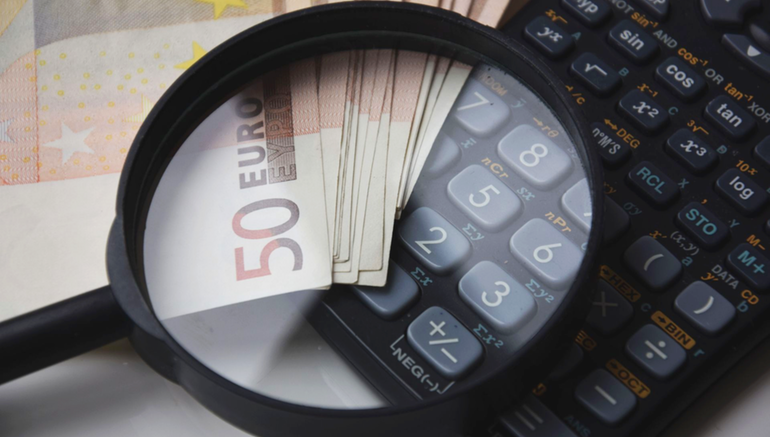Why are our reserves so secretive?
I refer to the article “Singapore is a model for how to reform some of the world’s most-flawed investment vehicles” (The Economist, Aug 17).
It states that “The aim is to ensure that the pool of reserves and their income remain constant as a share of GDP over time, which Singapore has achieved; its capital is about 200% of GDP.”
Since Singapore’s GDP was US$323.91 billion (S$446.3 billion) in 2017 – does it mean that Singapore’s reserves are about $1 trillion (S$446.3 x 220%)?
If this is the case, why is it that we had about $30 and $200 billion of reported Budget surpluses and Cash Budget surpluses, in the last decade or so?
Also, why is the amount of reserves a secret?
As to “Relative to the pack, Singapore is doing well. Its funds have assets of about $770bn (S$1.06 trillion) —the exact figure is secret. They have made an annual return (in dollar terms) of about 6% over the past two decades, slightly more than an indexed portfolio with two-thirds of its assets in shares and one-third in bonds.
The reserves have special protection under the constitution. Under rules put in place in 2008, the government can spend up to half of the long-term expected annual real return of its net reserves each year. In practice this equates to about 1.6% of the funds’ capital value” – does it mean that the Government may only be using about a quarter of the average annual returns of 6%(1.6% divided by 6%)?
If so, are we being somewhat ‘too prudent’, on top of the huge surpluses?
Also, if the average return is 6% – why only pay Singaporeans just 2.5% on the CPF Ordinary Account?
Leong Sze Hian
